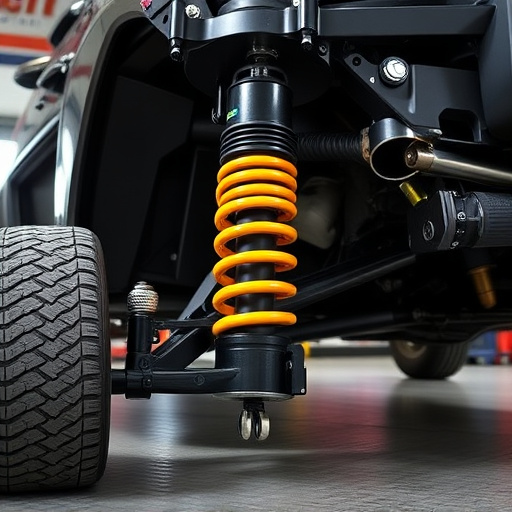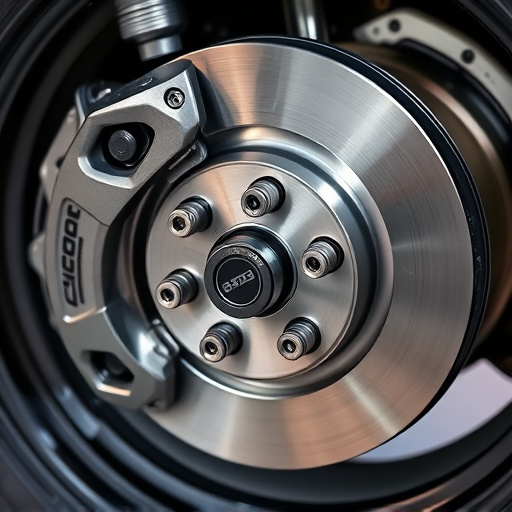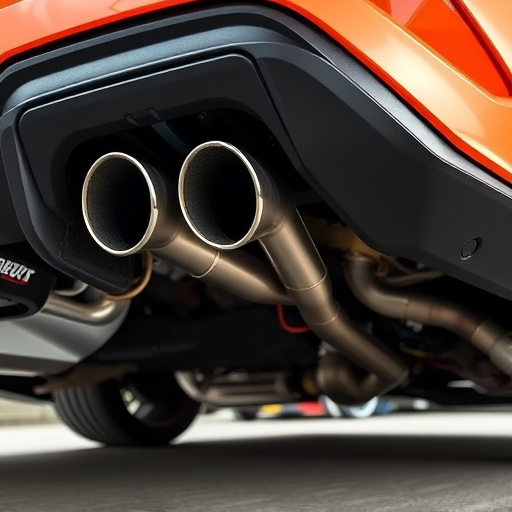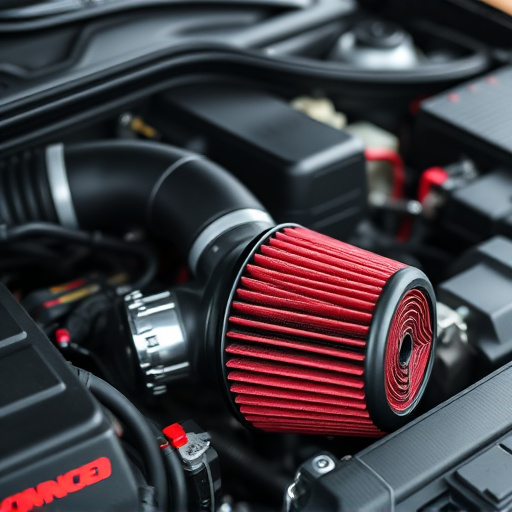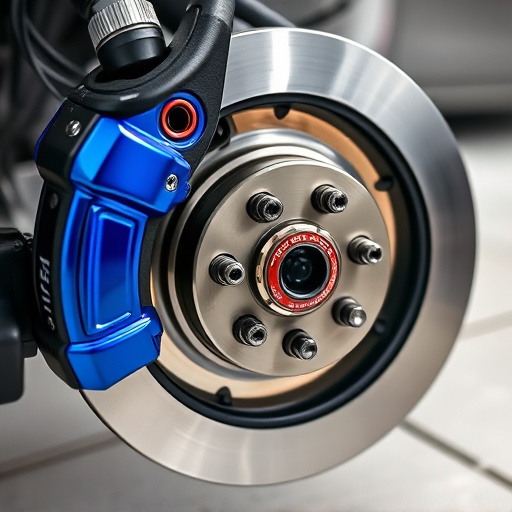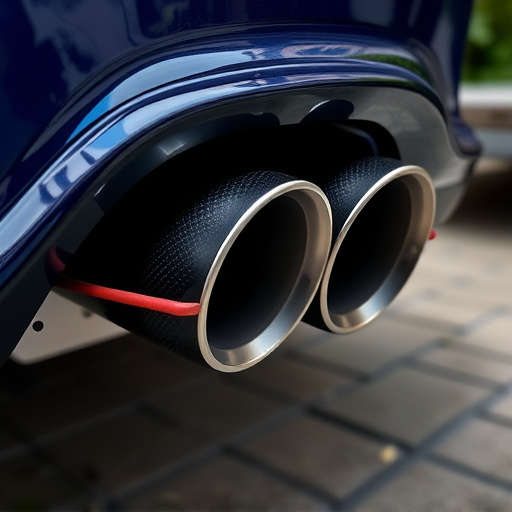A catalytic converter replacement is a crucial repair for maintaining vehicle performance, efficiency, and environmental standards. By addressing a clogged or damaged converter, drivers can restore optimal engine function, improve fuel economy, and reduce harmful emissions. Before replacing it, inspect the exhaust system, order a compatible converter, and replace worn brake pads. After installation, proper care includes regular maintenance, secure connections, oil changes, and clean engine bay to maximize the life of the new converter and related components.
Prepare your vehicle for a smoother, more eco-friendly ride with this comprehensive guide on catalytic converter replacement. This essential maintenance task not only enhances engine performance but also reduces harmful emissions.
We’ll start by explaining the vital role of the catalytic converter in modern vehicles. Then, we’ll walk you through each step of the replacement process, from gathering the right tools to ensuring a secure fit. Finally, discover post-replacement care tips to guarantee optimal vehicle performance and longevity.
- Understanding Your Catalytic Converter and Its Function
- Steps for Effective Catalytic Converter Replacement
- Post-Replacement Care Tips for Optimal Vehicle Performance
Understanding Your Catalytic Converter and Its Function

The catalytic converter is a vital component in your vehicle’s exhaust system, playing a crucial role in reducing harmful emissions. It acts as a filter, facilitating a chemical reaction that breaks down toxic gases and pollutants into less harmful substances. This process not only improves air quality but also ensures your car meets environmental emission standards. When considering a catalytic converter replacement, understanding its function is essential.
Knowing the role of this part helps drivers recognize potential issues. Over time, catalytic converters can become clogged or damaged due to exposure to extreme temperatures and corrosive substances in exhaust gases. This can lead to reduced engine performance and increased emissions. Upgrading to a high-quality replacement, often available as part of suspension kits or accompanied by performance air filters, can restore optimal vehicle functionality and contribute to better fuel efficiency.
Steps for Effective Catalytic Converter Replacement

Preparing your vehicle for a catalytic converter replacement involves several key steps to ensure a smooth process and optimal engine performance. First, assess your current exhaust system, including the catalytic converter, for any signs of damage or wear. This can include cracks, corrosion, or loose connections. If necessary, replace any damaged exhaust tips or components before proceeding.
Next, gather the necessary tools and parts for the replacement, including a new catalytic converter that’s compatible with your vehicle’s make and model. Disassemble the old catalytic converter carefully, taking note of how it was installed and secured. This knowledge will be crucial when reinstalling the new converter. Also, check and replace any worn-out brake pads or components as part of this process to ensure overall safety and efficiency during driving.
Post-Replacement Care Tips for Optimal Vehicle Performance

After successfully replacing your catalytic converter, proper post-replacement care is crucial to ensure optimal vehicle performance and extend the life of other components. Regularly check and maintain your exhaust system, ensuring all connections are secure and tight. This prevents leaks that could not only cause environmental damage but also impact engine performance. Keep an eye on your engine’s overall health by monitoring oil levels and performing routine oil changes; this is especially important as modified vehicles with performance brakes or cold air intakes may have increased maintenance requirements.
Additionally, focus on maintaining a clean engine bay to avoid any debris that could obstruct the new converter or cause future issues. Remember, a well-maintained catalytic converter works efficiently, improving fuel economy and reducing harmful emissions. So, apart from the initial installation, schedule regular check-ups and keep an eye out for any warning signs of potential problems, ensuring your vehicle stays in top shape post-replacement.
Preparing your vehicle for a catalytic converter replacement is key to maintaining optimal engine performance and environmental efficiency. By understanding the vital role of this component, and following the step-by-step guide provided, you can ensure a smooth process. After the replacement, proper post-care tips will help preserve your vehicle’s health and extend the life of your new catalytic converter, contributing to both smoother driving and a cleaner environment.








